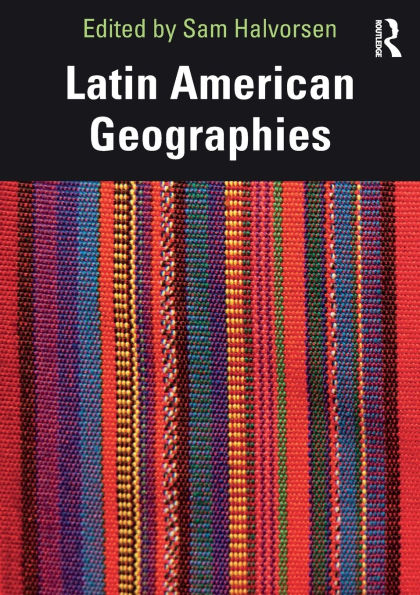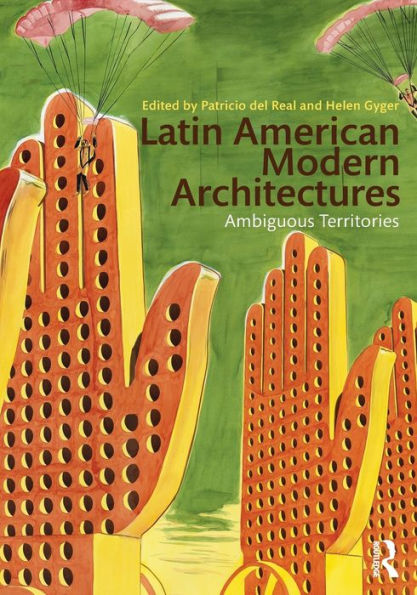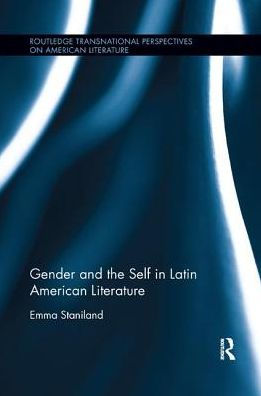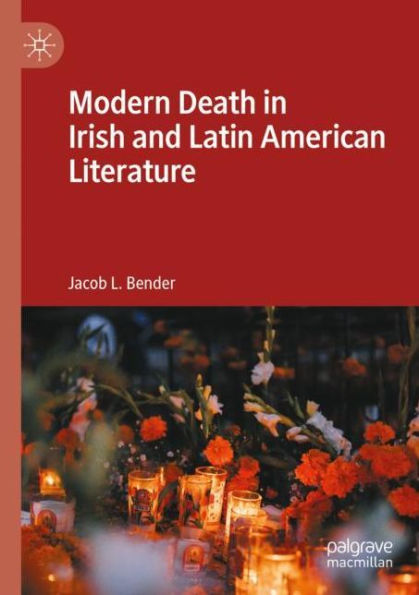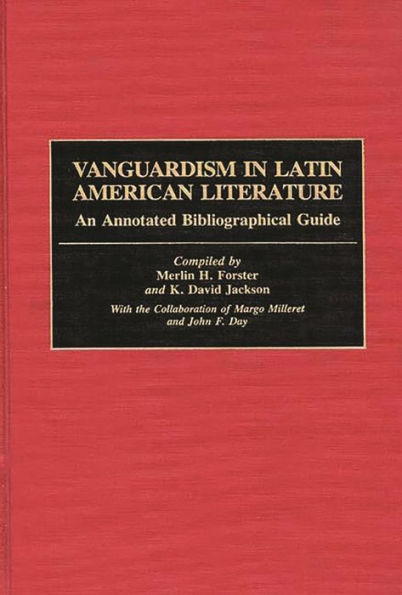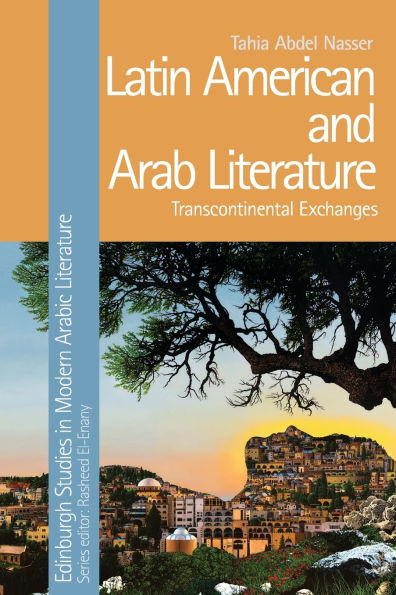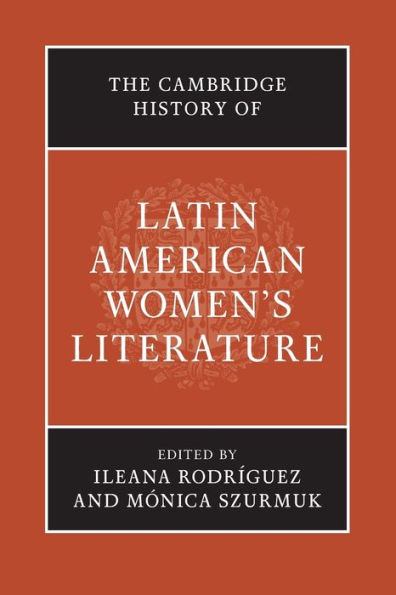Home
Lines of Geography Latin American Narrative: National Territory, Literature
Barnes and Noble
Lines of Geography Latin American Narrative: National Territory, Literature
Current price: $119.99


Barnes and Noble
Lines of Geography Latin American Narrative: National Territory, Literature
Current price: $119.99
Size: Hardcover
Loading Inventory...
*Product information may vary - to confirm product availability, pricing, shipping and return information please contact Barnes and Noble
This book looks to the writings of prolific statesmen like D.F. Sarmiento, Estanislao Zeballos, and Euclides da Cunha to unearth the literary and political roots of the discipline of geography in nineteenth-century Latin America. Tracing the simultaneous rise of text-writing, map-making, and institution-building, it offers new insight into how nations consolidated their territories. Beginning with the titanic figures of Strabo and Humboldt, it rereads foundational works like
Facundo
and
Os sertões
as examples of a recognizably geographical discourse. The book digs into lesser-studied bulletins, correspondence, and essays to tell the story of how three statesmen became literary stars while spearheading Latin America’s first geographic institutes, which sought to delineate the newly independent states. Through a fresh pairing of literary analysis and institutional history, it reveals that words and maps—literature and geography—marched in lockstep to shape nationalterritories, identities, and narratives.
Facundo
and
Os sertões
as examples of a recognizably geographical discourse. The book digs into lesser-studied bulletins, correspondence, and essays to tell the story of how three statesmen became literary stars while spearheading Latin America’s first geographic institutes, which sought to delineate the newly independent states. Through a fresh pairing of literary analysis and institutional history, it reveals that words and maps—literature and geography—marched in lockstep to shape nationalterritories, identities, and narratives.

